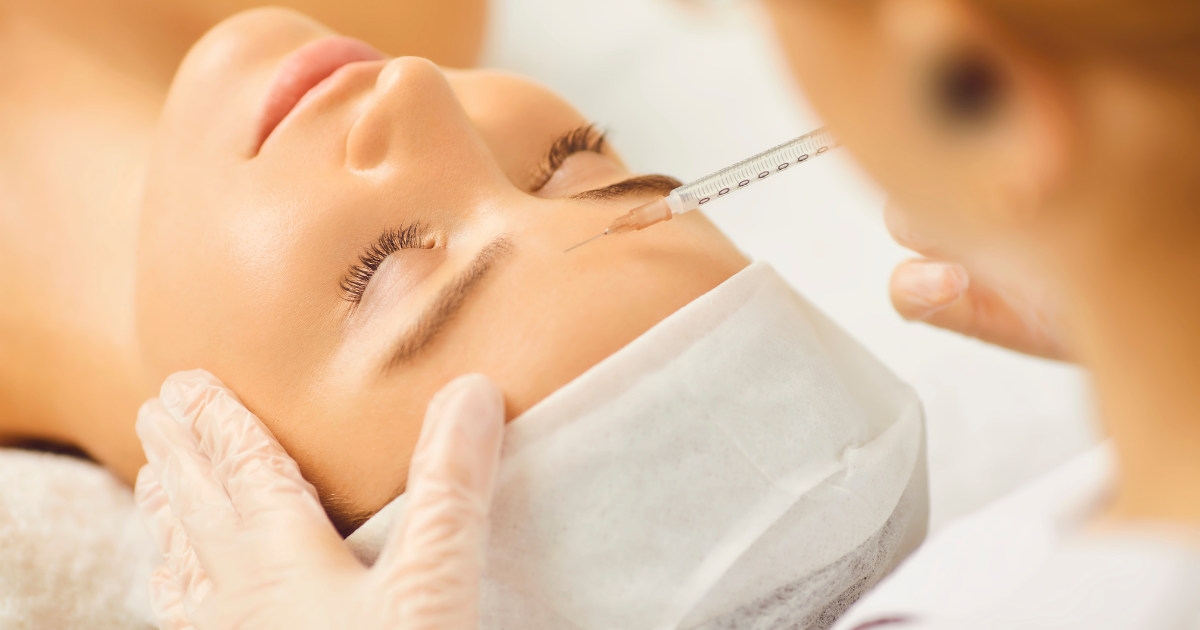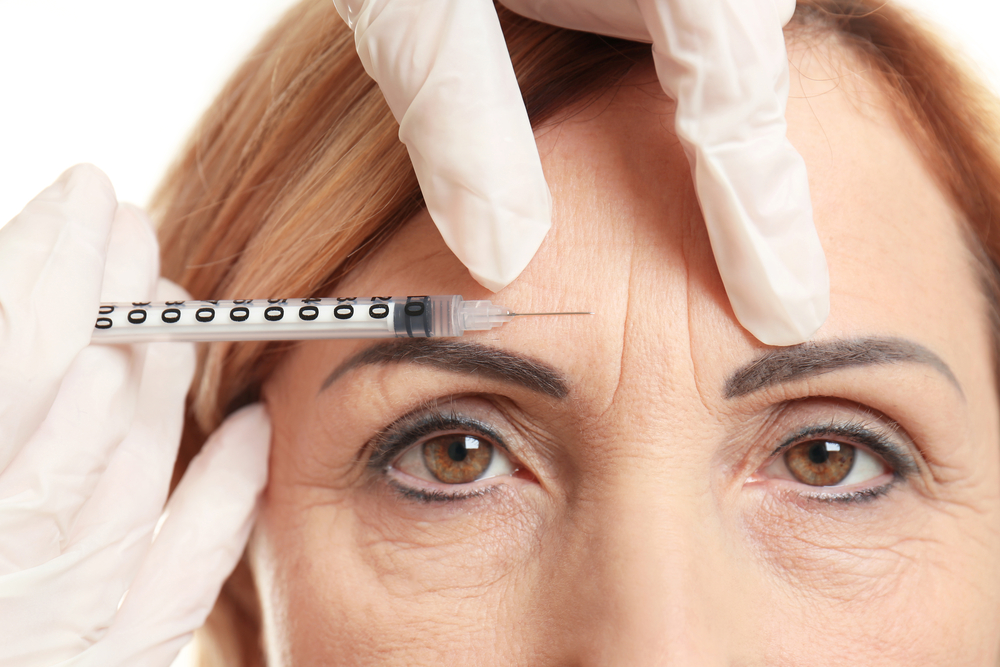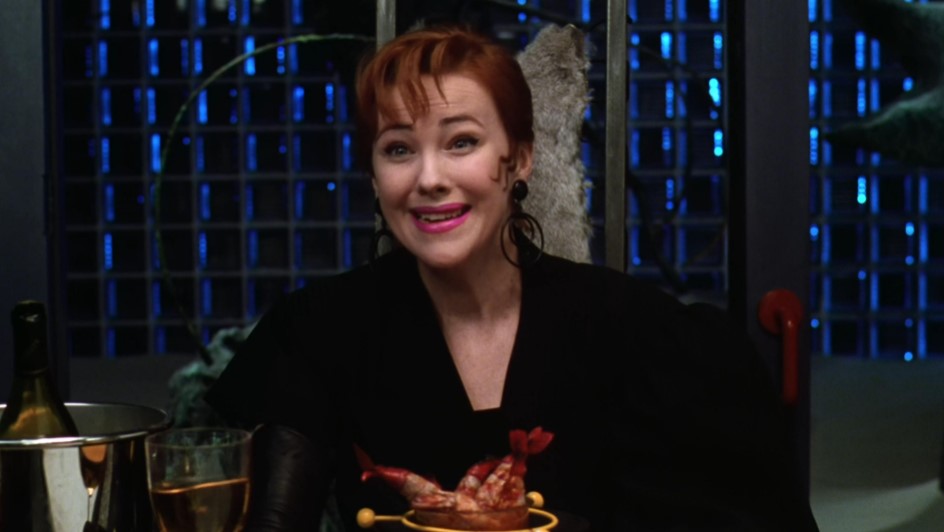Combining Botox Treatments: Forehead, Crow’s Feet, and More for a Full Refresh

Botox, a brand name for botulinum toxin type A, has become a cornerstone of non-surgical cosmetic treatments, offering a quick and effective way to reduce the appearance of wrinkles and fine lines. While single-area treatments like Botox for forehead wrinkles or crow’s feet are popular, combining treatments across multiple facial areas—such as the forehead, crow’s feet, and glabellar lines—can provide a more comprehensive facial refresh. This approach not only enhances aesthetic outcomes but also offers cost savings through package deals and optimized results. In this article, we explore the benefits, costs, and considerations of combining Botox treatments, focusing on how treating multiple areas simultaneously can achieve a balanced, youthful appearance in 2025.
Understanding Botox and Its Applications
Botox works by temporarily relaxing facial muscles that cause dynamic wrinkles—lines formed by repetitive movements like frowning, squinting, or raising the eyebrows. Common treatment areas include the forehead (for horizontal lines), crow’s feet (lines around the eyes), and the glabella (the “11” lines between the eyebrows). Other areas, such as the bunny lines on the nose, chin dimpling, or neck bands, can also be treated for a full-face rejuvenation. In 2025, Botox remains the gold standard for non-invasive wrinkle reduction, with over 7 million procedures performed annually in the U.S. alone, according to the American Society of Plastic Surgeons.

Each treatment area requires a specific number of Botox units, measured in standardized doses. For example, forehead wrinkles typically require 10–30 units, crow’s feet need 5–15 units per side, and glabellar lines use 15–25 units. Combining these treatments often involves 40–60 units for a full-face approach, depending on the patient’s muscle strength, skin type, and desired outcome. The average cost per unit in 2025 ranges from $10 to $20, influenced by geographic location, provider expertise, and clinic reputation, leading to a total cost of $600–$1,000 for multi-area treatments.
Read more: Strategies for Early Detection and Effective Management of Chronic Kidney Disease
Benefits of Combining Botox Treatments
1. Balanced and Natural Results
Treating multiple areas simultaneously ensures a harmonious appearance, avoiding the uneven look that can result from targeting only one area. For instance, addressing forehead wrinkles alone may leave crow’s feet or glabellar lines more noticeable, creating an unbalanced aesthetic. By treating the forehead, crow’s feet, and glabella together, practitioners can smooth the entire upper face, preserving natural expressions while reducing signs of aging. This comprehensive approach is particularly effective for patients in their 30s to 50s, where wrinkles in multiple areas begin to appear concurrently.
2. Enhanced Longevity and Efficiency
Combining treatments can optimize Botox’s effects, as muscles in different facial areas often work together. For example, relaxing the frontalis muscle (forehead) alongside the orbicularis oculi (crow’s feet) can prevent compensatory muscle movements that might reduce the longevity of results in a single area. A full-face treatment typically lasts 3–6 months, with some patients reporting longer-lasting effects (up to 4–5 months) when multiple areas are treated, as the overall muscle relaxation is more cohesive.
3. Cost-Effective Package Deals
Many clinics offer package deals for multi-area Botox treatments, reducing the overall cost compared to individual sessions. For example, a single-area treatment for crow’s feet might cost $200–$300 (10–15 units per side at $10–$15 per unit), while a combined treatment for forehead, crow’s feet, and glabella (50–60 units) could be priced at $600–$800 as a package, saving 10–20% per unit. In 2025, medspas and dermatology clinics often advertise “full-face refresh” packages, which may include 50–70 units for $550–$900, depending on the region (e.g., urban centers like New York or Los Angeles charge higher rates than suburban areas).
Read more: Exploring Age-Friendly Flexible Hour Jobs for Retirees in 2025
4. Time Efficiency
Combining treatments reduces the number of appointments needed, saving time for busy patients. A single session addressing multiple areas typically takes 15–30 minutes, with no downtime required. This convenience appeals to professionals and parents who seek quick, effective treatments without disrupting their schedules. Additionally, aligning treatments ensures that all areas are refreshed simultaneously, maintaining consistent results across the face.

5. Customized Aesthetic Goals
Comprehensive Botox treatments allow practitioners to tailor the approach to each patient’s unique facial anatomy and aesthetic goals. For instance, a patient with deep forehead lines and mild crow’s feet might receive 20 units for the forehead and 10 units per side for crow’s feet, while another with prominent glabellar lines might prioritize that area. Advanced providers use techniques like micro-Botox or combination therapies (e.g., pairing Botox with fillers) to enhance results, addressing both dynamic and static wrinkles for a polished look.
Cost Breakdown and Considerations
The cost of combining Botox treatments varies based on the number of units, provider expertise, and geographic location. Below is a typical breakdown for a full-face refresh in 2025:
-
Forehead Wrinkles: 10–30 units ($100–$450 at $10–$15/unit)
-
Crow’s Feet: 5–15 units per side (10–30 units total, $100–$450)
-
Glabellar Lines: 15–25 units ($150–$375)
-
Total for Multi-Area Treatment: 40–60 units ($600–$1,000)
Additional areas, such as bunny lines (5–10 units, $50–$150) or chin (5–10 units, $50–$150), can increase the total to 60–80 units ($700–$1,200). Package deals often reduce the per-unit cost to $8–$12, making multi-area treatments more economical. For example, a clinic might offer a 60-unit “full-face” package for $650, compared to $800 for individual treatments.
Costs also depend on the provider’s credentials. Board-certified dermatologists or plastic surgeons typically charge more ($15–$20/unit) than nurse practitioners or medspas ($10–$14/unit). Urban areas like Miami or San Francisco have higher rates than rural regions. Patients should prioritize experienced providers to minimize risks like asymmetry or over-treatment, which can lead to a “frozen” appearance.
Enhancing Results with Comprehensive Treatments
Combining Botox treatments across multiple areas enhances results by addressing the interplay of facial muscles. For example, treating the forehead and glabella together prevents the eyebrows from appearing heavy or drooping, a common issue when only one area is treated. Similarly, smoothing crow’s feet alongside forehead lines creates a brighter, more youthful eye area, as the skin around the eyes appears tighter and less wrinkled.

Providers often use a “less is more” approach, starting with conservative doses and adjusting in follow-up sessions (typically 2 weeks post-treatment) to avoid over-relaxation. Advanced techniques, such as layering Botox with hyaluronic acid fillers for deeper lines or using micro-dosing for subtle enhancements, can further refine results. In 2025, clinics increasingly offer “Botox cocktails,” combining Botox with skin-tightening treatments like radiofrequency or laser therapy for a comprehensive rejuvenation.
Risks and Considerations
While Botox is FDA-approved and generally safe, combining treatments increases the total dose, requiring careful planning to avoid side effects like bruising, swelling, or eyelid drooping (ptosis). Choosing a qualified provider with expertise in facial anatomy is critical, especially for multi-area treatments. Patients should disclose medical history, including allergies or neuromuscular conditions, to ensure safety.
Another consideration is the need for maintenance. Botox effects wear off after 3–6 months, requiring repeat treatments to sustain results. Package deals often include discounts for follow-up sessions, making long-term care more affordable. Patients should also avoid rubbing treated areas for 24 hours and follow post-treatment instructions to maximize results.
The Future of Botox Treatments
In 2025, the trend toward combining Botox treatments is growing, driven by consumer demand for natural, balanced results and cost-effective solutions. Innovations like longer-lasting neuromodulators (e.g., Daxxify, lasting up to 6–9 months) and AI-assisted injection planning are enhancing precision and outcomes. Additionally, clinics are offering subscription models, where patients pay a monthly fee for regular Botox treatments, further reducing costs for multi-area maintenance.
Conclusion
Combining Botox treatments for the forehead, crow’s feet, and other areas offers a powerful solution for a full facial refresh, delivering balanced, natural results with enhanced longevity and cost savings. With package deals reducing per-unit costs and comprehensive treatments optimizing muscle relaxation, patients can achieve a youthful appearance without surgery. By choosing experienced providers and tailoring treatments to individual needs, individuals can enjoy the benefits of Botox while aligning with 2025’s focus on efficiency, affordability, and aesthetic harmony. For those seeking a non-invasive way to combat aging, multi-area Botox treatments provide a versatile, effective option.










